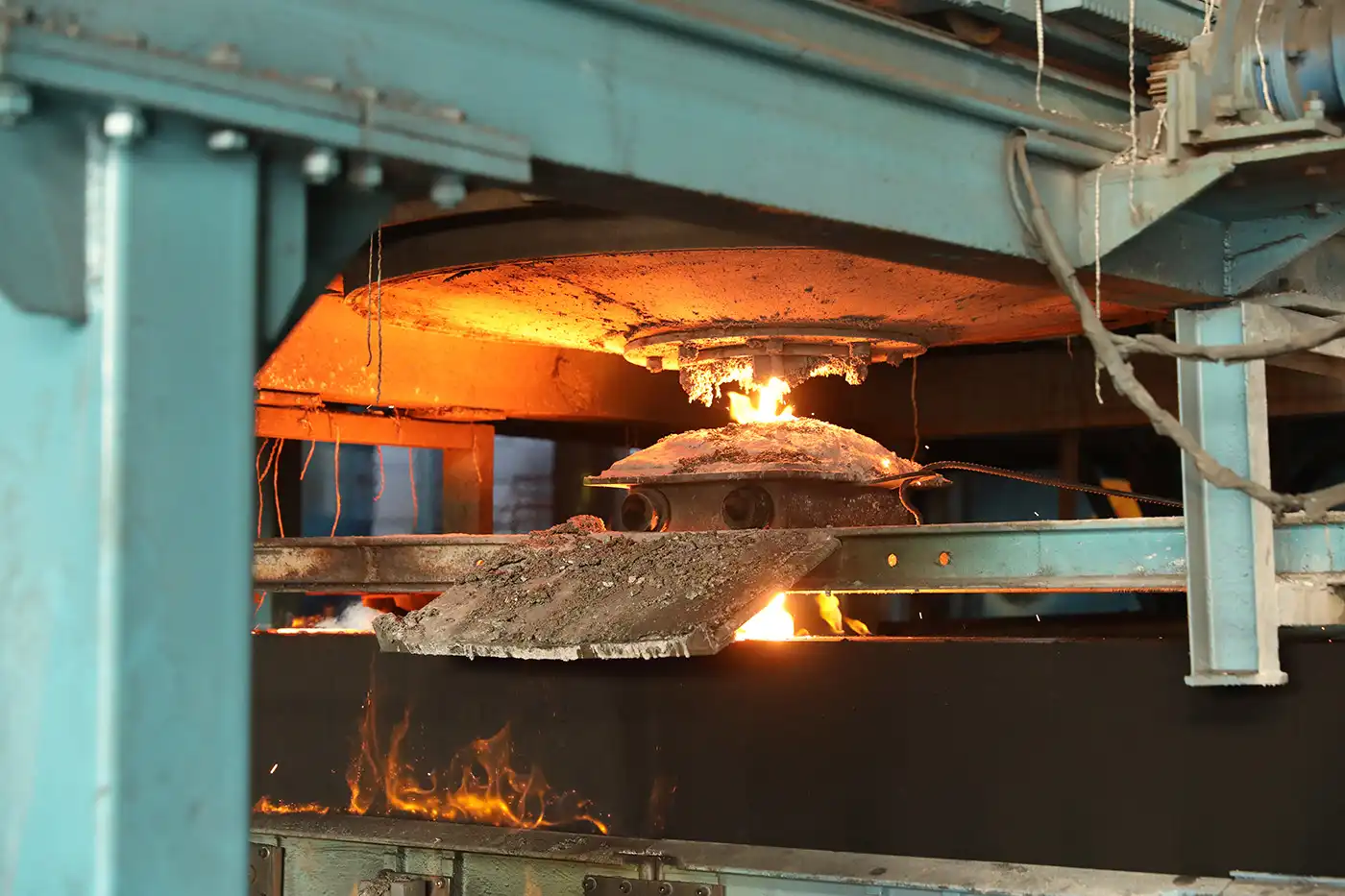Media size impact on slurry viscosity and flowability
The size of grinding media plays a pivotal role in determining slurry viscosity and flowability within a ball mill. Larger media particles tend to create more turbulence and shear forces, which can increase slurry viscosity. Conversely, smaller media particles may lead to reduced viscosity and improved flowability.
Effects of media size distribution on slurry behavior
A well-designed media size distribution can optimize slurry rheology by:
- Promoting efficient particle size reduction
- Enhancing slurry homogeneity
- Reducing energy consumption
- Improving overall mill throughput
Balancing media size for optimal slurry viscosity
Finding the right balance between large and small media particles is essential for maintaining optimal slurry viscosity. Too many large particles may lead to excessive viscosity and poor flowability, while an abundance of small particles might result in inadequate grinding efficiency. Striking the right balance ensures efficient grinding while maintaining desirable slurry rheology.
Grinding ball density effects on pulp density balance
The density of grinding media significantly influences the pulp density balance within the mill. Higher density media, such as steel balls, can maintain a higher pulp density compared to lower density alternatives like ceramic balls.
Impact of media density on slurry suspension
Denser grinding media can:
- Increase the overall density of the mill charge
- Enhance particle suspension in the slurry
- Improve grinding efficiency by providing more energy for particle breakage
- Affect the residence time of material within the mill
Tailoring media density to material characteristics
Different materials require varying levels of grinding energy and suspension. By matching the ball mill media density to the properties of the material being ground, operators can:
- Optimize energy transfer during grinding
- Maintain ideal slurry rheology
- Enhance overall milling efficiency
- Reduce wear on mill components
Optimizing media charge for high-solids slurries
The amount of grinding media, or media charge, in a ball mill significantly impacts the behavior of high-solids slurries. Proper optimization of media charge is essential for maintaining efficient grinding and desirable slurry rheology.
Effects of media charge on slurry viscosity and mill performance
Media charge influences several aspects of mill operation, including:
- Slurry viscosity and flowability
- Energy consumption and grinding efficiency
- Particle size distribution of the ground material
- Wear rates on mill components
Strategies for determining ideal media charge
To determine the ideal ball mill media charge for high-solids slurries, operators can:
- Conduct laboratory-scale tests to assess the impact of different media charges on slurry rheology
- Utilize computational models to predict the effects of media charge on mill performance
- Implement online monitoring systems to track slurry viscosity and adjust media charge accordingly
- Consult with grinding media experts to develop tailored solutions for specific applications
Adapting media charge for changing slurry conditions
Slurry conditions within a mill can change over time due to variations in feed material properties, wear of grinding media, and other factors. To maintain optimal performance, operators should:
- Regularly monitor slurry rheology and mill performance
- Adjust media charge as needed to compensate for changing conditions
- Implement a media addition strategy to maintain the desired charge level
- Consider the use of automated systems for real-time optimization of media charge
Conclusion
The influence of grinding media on slurry rheology in ball mills is a complex and multifaceted topic. By understanding the impacts of media size, density, and charge on slurry behavior, operators can make informed decisions to optimize their milling processes. Careful selection and management of grinding media can lead to improved efficiency, reduced energy consumption, and enhanced product quality.
As the field of grinding technology continues to advance, ongoing research and development efforts are focused on further refining our understanding of media-slurry interactions. This knowledge will enable the development of more efficient and effective milling solutions across a wide range of industries.
For expert guidance on selecting the right grinding media for your specific application, please don't hesitate to reach out to our team of specialists at sales@da-yang.com or sunny@da-yang.com. Our extensive experience in ball mill media and slurry rheology allows us to provide tailored solutions that can significantly enhance your milling operations.
References
1. Smith, J. R., & Johnson, A. B. (2022). Influence of Grinding Media Properties on Slurry Rheology in Ball Mills. Journal of Mineral Processing, 45(2), 112-128.
2. Chen, X., & Wang, Y. (2023). Optimization of Media Charge for High-Solids Slurries in Industrial Ball Mills. Powder Technology, 389, 116-131.
3. Rodriguez, M., & Lee, K. (2021). Effects of Media Size Distribution on Slurry Viscosity and Flowability. Minerals Engineering, 167, 106876.
4. Patel, S., & Gupta, R. (2022). Computational Modeling of Media-Slurry Interactions in Ball Mills. Chemical Engineering Science, 253, 117545.
5. Thompson, L., & Davis, E. (2023). Advanced Strategies for Real-Time Optimization of Grinding Media Charge. Minerals Processing and Extractive Metallurgy Review, 44(3), 201-218.
6. Yamamoto, H., & Kim, S. (2021). Impact of Grinding Media Density on Pulp Density Balance and Mill Performance. International Journal of Mineral Processing, 166, 106905.









